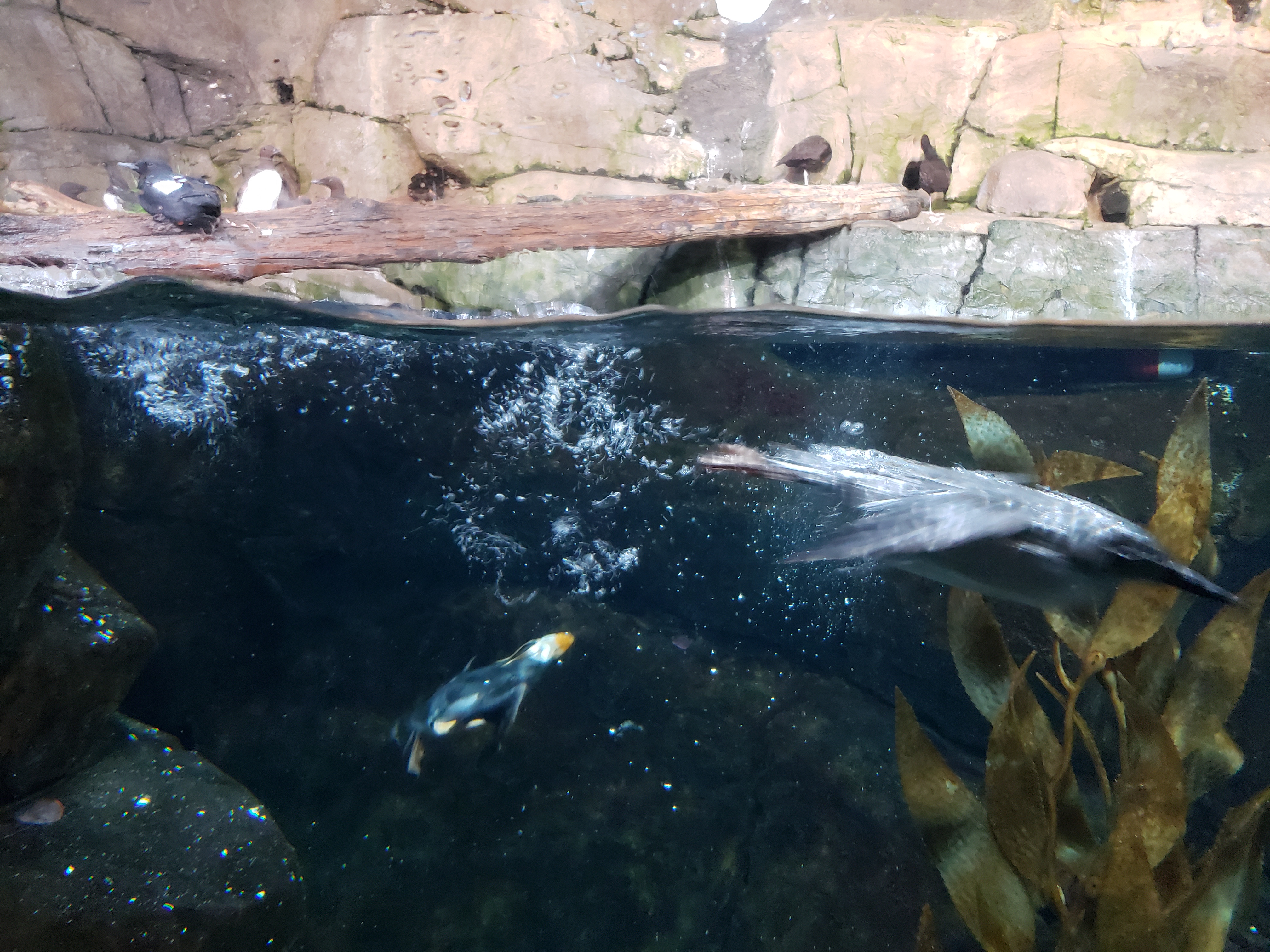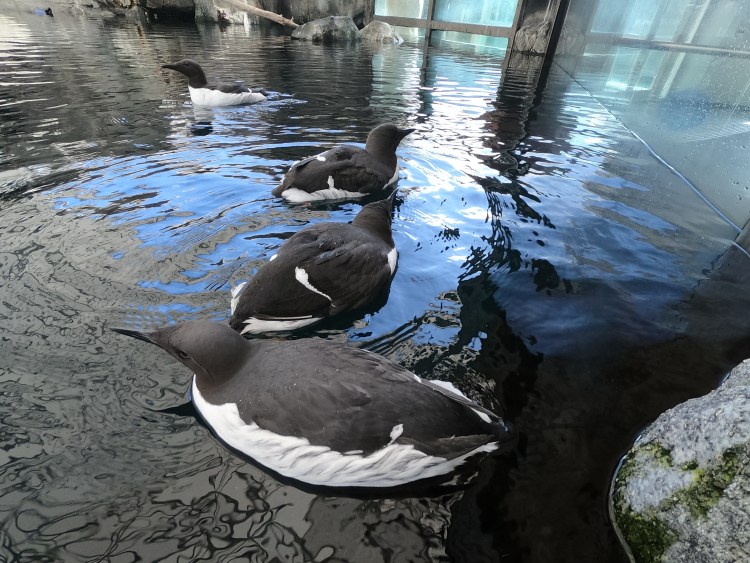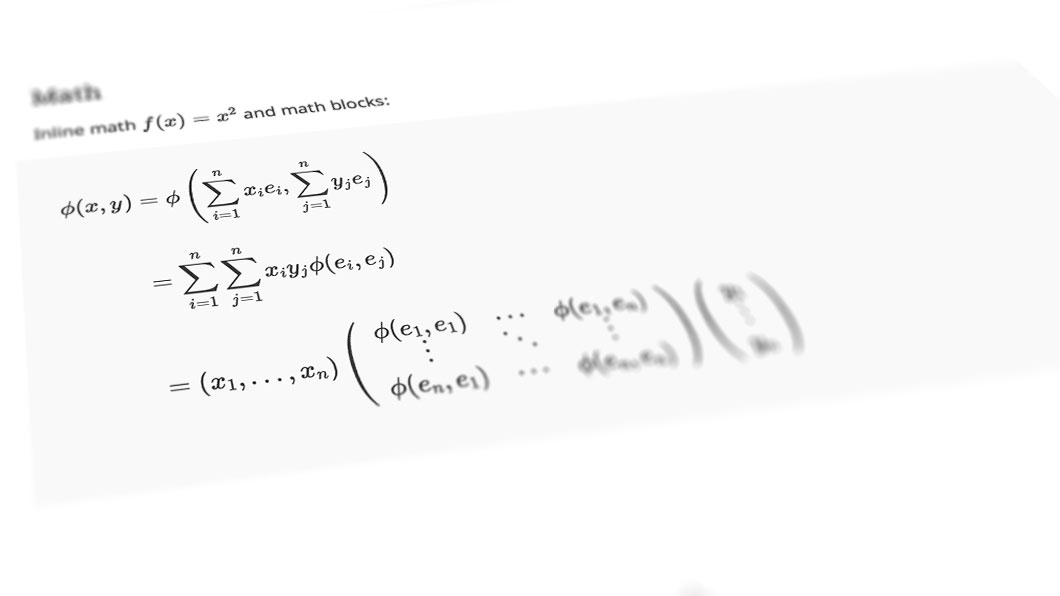FLY LIKE A BIRD, SWIM LIKE A PENGUIN
My travels to Alaska to study alcids.

The following is a copy of the blog post I made for the Alaska SeaLife Center regarding my research at the aquarium. I have copied it here for safe-keeping!
Studying the aerial and aquatic movement of alcids
“So which one of these birds is the worst at flying?” asks a visitor to the aquarium.
I don’t answer. My eyes lock on the rhinoceros auklet standing on the edge of the rocks. She’s spent the last ten minutes scaling the mottled gray cliff on the north wall of the seabird exhibit and I’ve been tracking her every step. I’m leaving the Alaska SeaLife Center tomorrow, whether I gather all the data I need or not, and I’ve yet to catch any flights of this rotund little seabird as it takes flight.

That was June 2018. As part of my graduate studies in the Flight Laboratory at the University of Montana, I had made the long trip to Seward to study the alcids at the Alaska SeaLife Center for my dissertation project. The goal? To record high-speed video of five species of alcids (common murres, horned puffins, pigeon guillemots, rhinoceros auklets, and tufted puffins) swimming underwater and flying in the air to figure out how their wings can function in two very different fluids.

You see, in the world of seabirds, alcids are fascinating in that they are very adept at swimming underwater but also have retained their ability to fly. Traditional wisdom states that birds should only good at one or the other. Penguins, for example, can dive up to 600 meters (~2000 ft) – so deep that almost no light reaches their eyes and the water is bitter cold – but they’ve lost their ability to fly. They have tiny wings and huge bodies; wings which can only be used for swimming and bodies which are large to increase their oxygen-storage capacity and reduce heat loss.
But alcids are also great divers. The depth current record is held by a thick-billed murre at 210 meters (~700 ft), and that same bird can still fly in the air (at 50 mph!). In fact, in units of depth per unit body mass, alcids are the best divers on earth. They can transport a unit of body mass to a greater depth, and keep it submerged for longer, than any other animal.
How is that possible? We expect semi-aquatic animals to perform worse in air and water than “fluid specialists” because the best “design” for an animal in the air is not the same as it is in water. Yet alcids hardly seem compromised.
My work used videos of the birds at the Alaska SeaLife Center to try to answer this question. I found that alcids swim very much like penguins. They produce force on both the downstroke and upstroke of their wings, which is very different from how most birds fly in the air. In air, most birds produce all the force that propels them forward on the downstroke of their wings. Penguins, which we think could fly at one time in their evolutionary history, have also figured how to produce force on both the upstroke and downstroke of their wings.
Producing force on both halves of the wingbeat cycle is more efficient than only producing force on the downstroke. This is because the more consistently an animal can produce force for propulsion, the less energy it must use to maintain its speed.

That’s why your car gets better gas mileage when you use cruise control on long drives. If you control the gas pedal yourself, you end up wasting fuel on pointless accelerations. You speed up, slow down, speed up, slow down, all to maintain the same average speed. Every time you speed up it takes energy, and you don’t get that energy back when you hit the brakes 5 seconds later. But the cruise control feature keeps your speed consistent by keeping the force produced by the engine consistent. Consistent force = consistent speed à less energy wasted on acceleration à greater efficiency.
So the fact that alcids produce force on both their downstroke and upstroke means they swim efficiently. The can use their wings, which function very differently (but still function) in the air, to swim like penguins.
This finding challenges some of our ideas about why penguins are flightless. Most people look at a penguin and think, “It needs tiny wings to swim underwater, and that sort of wing doesn’t work for flight, so penguins must have lost their flight in order to become great swimmers.” But alcids are great swimmers AND they can still fly, which means we should probably re-evaluate our theories about why penguins can’t.
The next step in this project of mine is to answer that question from back in June 2018. I don’t mean that I’m going to exactly test ‘Which one of those birds is the worst at flying?’ I’m more interested in whether alcids are bad fliers compared to non-aquatic birds. One could imagine that, in evolving penguin-like swimming, alcids had to sacrifice some of the traits that had previously made them good fliers. To test that idea, I’ll spend the next few months studying the flight of alcids to see if they exhibit what are – according to aerodynamic theory – the most efficient flight characteristics for birds their size. I’ll also use my lab’s wind tunnel to test whether the wings of alcids (from birds which have died of natural causes) produce lift as effectively as the wings of other species.
My hope is that, by performing this research, we can test our basic assumptions about how the natural world works. I think we often make assumptions too quickly before gathering the necessary evidence. For example, it makes sense to us that birds should not be good at both swimming and flying. But is it really true? Until now, it wasn’t clear how alcids swam, and yet we had already assumed that they were not as efficient underwater as penguins. Hopefully, by testing these assumptions, we can better understand evolution and perhaps reveal both its capacity for transformation, as well as its constraints.
2019

FLY LIKE A BIRD, SWIM LIKE A PENGUIN
My travels to Alaska to study alcids. Continue reading FLY LIKE A BIRD, SWIM LIKE A PENGUIN
2018

My new website
Welcome to my new and improved website. Continue reading My new website
